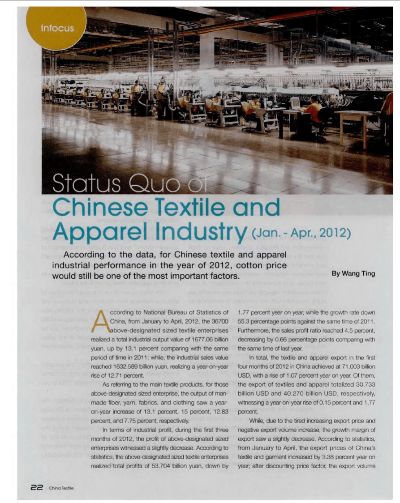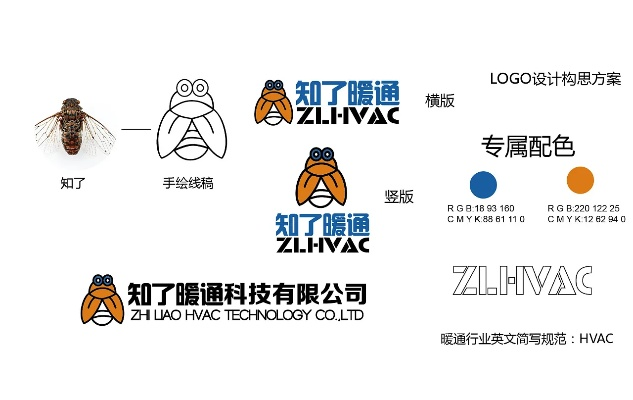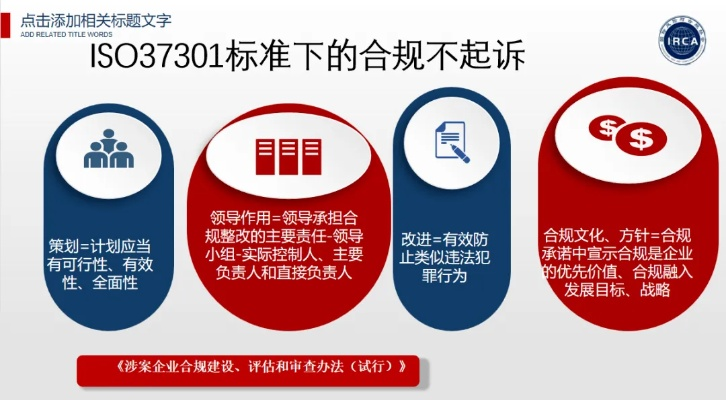Guidelines for the Use of Textile Finishing Agents in Jiangsu Province
The Guidelines for the Use of Textile Finishing Agents in Jiangsu Province are a comprehensive document that outlines the specific requirements and regulations governing the use of textile finishing agents in the province. These guidelines provide clear guidance on the types of agents that can be used, their application methods, and the safety precautions that must be taken during the process. The guidelines also address issues related to product quality, environmental protection, and consumer safety, ensuring that textile products meet high standards of quality and safety. By following these guidelines, businesses operating in Jiangsu Province can ensure compliance with local regulations and protect the environment while producing high-quality textile products.
Introduction: The textile industry is a crucial sector in Jiangsu Province, where the use of appropriate finishing agents is critical to ensure the quality and durability of fabrics. The guidelines provided below outline the specific requirements for the application of textile finishing agents in Jiangsu, including the types of agents that should be used, their applications, and recommended dosages. Additionally, we will discuss some common cases and scenarios where these guidelines can be applied to improve the efficiency and effectiveness of textile production processes.
Types of Textile Finishing Agents:
- Alkaline Chemicals: These are commonly used for brightening and dyeing fabrics. Examples include sodium carbonate, potassium carbonate, and sodium hydroxide.
- Ammonia-based Agents: These agents are effective for removing excess dye from fabrics and improving their colorfastness. Examples include ammonium chloride and ammonium hydroxide.
- Acidic Chemicals: These agents are used for neutralizing alkaline chemicals and enhancing the brightness of fabrics. Examples include hydrochloric acid and sulfuric acid.
- Solvents: These agents are used for cleaning and removing impurities from fabrics. Examples include alcohols, acetone, and methylene chloride.
- Antistatic Agents: These agents are used to prevent static electricity buildup on fabrics during processing or storage. Examples include polyvinyl pyrrolidone (PVP) and polyethylene glycol (PEG).
Application of Textile Finishing Agents:
- Brightening Agents: These agents are used to enhance the brightness of fabrics by increasing their absorbency for dye molecules. They are usually applied after the dyeing process but before the washing process.
- Dyeing Agents: These agents are used to introduce color onto fabrics through the application of dyes. They are typically applied before the dyeing process and may require additional treatment steps post-dyeing.
- Neutralizing Agents: These agents are used to neutralize alkaline chemicals used in the dyeing process. This helps to prevent damage to the fibers and ensures consistent colorfastness across the fabric.
- Cleaning Agents: These agents are used to remove impurities from fabrics during processing or storage. They are often applied as a pretreatment step or as a post-treatment step depending on the type of impurity present.
- Antistatic Agents: These agents are used to prevent static electricity buildup on fabrics during processing or storage. They are typically applied as a pretreatment step to ensure uniformity in the final product.
Recommended Dosages: The recommended dosages for each type of textile finishing agent depend on the specific application and the desired outcome. It is important to follow the manufacturer's instructions carefully to avoid overdosing or underdosing. For example, excessive amounts of ammonia-based agents can cause discoloration or even burning of the fabric. Similarly, too little acidic agent can result in poor colorfastness or reduced brightness.

Common Cases and Scenarios:
- Brightening Agent Application: In a case where a factory produces high-quality sportswear, they might need to use a brightening agent to enhance the colorfastness of the fabrics. They would apply the agent after the dyeing process but before the washing process, ensuring that the brightness remains consistent throughout the entire production cycle.
- Dyeing Agent Application: A textile company that specializes in producing eco-friendly clothing might need to use a dyeing agent that contains natural ingredients. They would apply the agent before the dyeing process to ensure that the colors are consistent and safe for the environment.
- Neutralizing Agent Application: A garment manufacturer that uses chemical treatments to clean fabrics might need to use a neutralizing agent to prevent damage to the fibers during the cleaning process. They would apply the agent after the cleaning process but before any further treatment steps, such as drying or pressing.
- Antistatic Agent Application: A textile company that manufactures electronic equipment might need to use an antistatic agent to prevent static electricity buildup on fabrics during manufacturing or storage. They would apply the agent as a pretreatment step to ensure that the final product meets the required specifications.
Conclusion: In conclusion, the proper use of textile finishing agents is essential for ensuring the quality and longevity of fabrics in Jiangsu Province. By following the guidelines provided above and considering the specific needs of each application, manufacturers can optimize their production processes while maintaining the integrity and performance of their products.
江苏作为纺织业的重要省份,纺织品精炼剂的应用规范对于提高纺织品质量、优化生产流程具有重要意义,本篇旨在介绍江苏纺织品精炼剂的使用范围、操作方法及注意事项,并通过案例分析进一步说明其实际应用效果。
江苏纺织品精炼剂用途规范概述
纺织品精炼剂的主要用途
江苏地区的纺织品精炼剂主要用于提高纺织品的纤维强度、改善织物性能,以及去除杂质和有害物质,其主要作用包括提高纤维的拉伸强度、耐磨性、抗皱性等,同时去除纤维中的杂质、色料残留、异味等。
规范使用范围

(1)适用于各类纺织品的精炼处理,包括棉、麻、丝、毛等天然纤维以及合成纤维。
(2)适用于各类纺织生产过程中的各个环节,包括原料准备、纺丝、织造、染整等。
使用注意事项
(1)严格按照产品说明使用,确保使用剂量和操作方法符合规范要求。
(2)避免使用过期或不合格的精炼剂,确保产品质量和安全。
(3)在处理过程中,注意环境保护和安全生产,遵守相关法律法规。
案例分析
为了更好地说明江苏纺织品精炼剂的应用效果,我们通过一个具体的案例进行分析。

某纺织企业使用江苏纺织品精炼剂处理纺织品过程
该企业采用先进的纺织生产线,主要生产各类针织布和梭织布,在处理纺织品过程中,使用了江苏地区的纺织品精炼剂,经过精炼处理后,纺织品纤维强度提高,织物性能得到改善,同时去除杂质和有害物质的效果显著,该企业还注重环境保护和安全生产,确保产品质量和安全。
表格补充说明
以下是关于江苏纺织品精炼剂使用范围的表格补充说明:
| 类别 | 使用范围 | 示例产品 | 注意事项 |
|---|---|---|---|
| 天然纤维 | 棉、麻等 | 针织布、梭织布等 | 严格按照产品说明使用,确保使用剂量和操作方法符合规范要求 |
| 合成纤维 | 其他纺织材料 | 根据具体材料选择 | 避免使用过期或不合格的精炼剂,确保产品质量和安全 |
| 生产环节 | 原料准备 | 原料准备阶段 | 注意原料质量,确保符合精炼剂使用要求 |
| 纺丝 | 纺丝过程中 | 严格控制纺丝工艺,确保纤维质量符合要求 | |
| 织造 | 织造环节 | 织造过程中注意控制织物厚度和结构,确保精炼效果 | |
| 染整 | 染整环节 | 注意染整工艺的选择和操作,确保产品质量和颜色稳定性 |
江苏纺织品精炼剂的应用规范对于提高纺织品质量、优化生产流程具有重要意义,在实际应用中,应严格按照规范使用,注重环境保护和安全生产,确保产品质量和安全,还应根据具体材料选择合适的精炼剂,以达到更好的处理效果,通过案例分析,可以更好地了解江苏纺织品精炼剂的实际应用效果。
Articles related to the knowledge points of this article:
The New Wave of Textiles in Zhejiang:A Multitude of Opportunities
The Rise of Textile Specialty Oils
The Journey of Golden Beads:The Story of 金豆豆纺织品
Industrial Textiles:The Next Frontier in Modern Manufacturing



